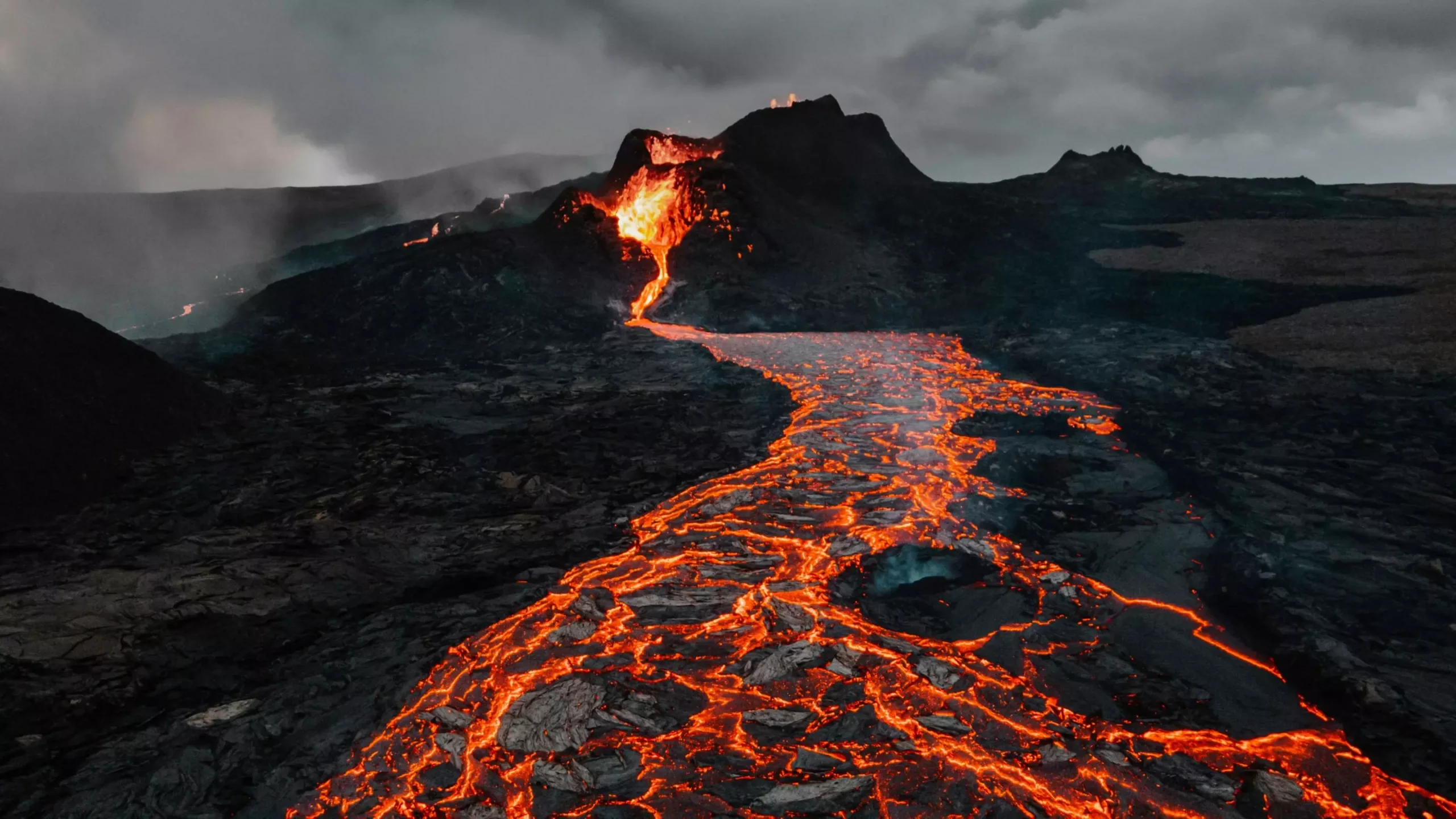Nature has always been a valuable resource for scientists trying to unravel the mysteries of the world’s most pressing challenges. In the case of global warming, Earth’s geological history provides a unique and long-term perspective on the issue. Throughout history, the planet has experienced periods of catastrophic volcanic eruptions that have released vast amounts of carbon into the atmosphere and oceans. These events have triggered rapid climate warming, leading to mass extinctions both on land and in marine ecosystems.
A team of Earth and environmental scientists from ETH Zurich, the University of Arizona, University of Leeds, CNRS Toulouse, and the Swiss Federal Institute for Forest Snow and Landscape Research (WSL) conducted a study to investigate how vegetation responds and evolves in the face of major climatic shifts and how these changes impact Earth’s natural carbon-climate regulation system. Their findings were published in the journal Science.
The researchers utilized geochemical analyses of isotopes in sediments to compare the data with a specially designed model that incorporated vegetation and its role in regulating the geological climate system. By testing different scenarios, including the Siberian Traps event that caused the Permian-Triassic mass extinction around 252 million years ago, the team discovered crucial insights.
One of the key findings of the study was the immense impact of events like the Siberian Traps eruption, which released a staggering 40,000 gigatons (Gt) of carbon over 200,000 years. This led to a significant increase in global average temperatures, resulting in one of the most severe extinction events in the Earth’s history. The recovery of vegetation from such events took millions of years, weakening Earth’s carbon-climate regulation system and causing long-term climate warming.
The researchers also highlighted the crucial role of vegetation in climate regulation. They found that the severity of climatic shifts was influenced by how rapidly emitted carbon could be sequestered back into Earth’s interior through processes like silicate mineral weathering or organic carbon production. The time taken for the climate to reach a new equilibrium depended on how quickly vegetation adapted to the changing temperatures.
The study’s implications for human-induced climate change are significant. It revealed that disruptions in vegetation can prolong and intensify climate warming, potentially taking millions of years to stabilize. With the current global bioclimatic crisis, characterized by the rapid release of greenhouse gases and widespread deforestation, the ability of natural ecosystems to regulate the climate is severely compromised.
Earth’s geological history provides valuable insights into the complexities of global warming and the critical role of vegetation in regulating the climate. By studying past geological events, researchers can better understand the mechanisms driving climate change and the long-term consequences of disrupting Earth’s natural carbon-climate regulation system. The findings of this study underscore the urgency of addressing human-induced climate change and the importance of preserving natural ecosystems for the future of our planet.


Leave a Reply